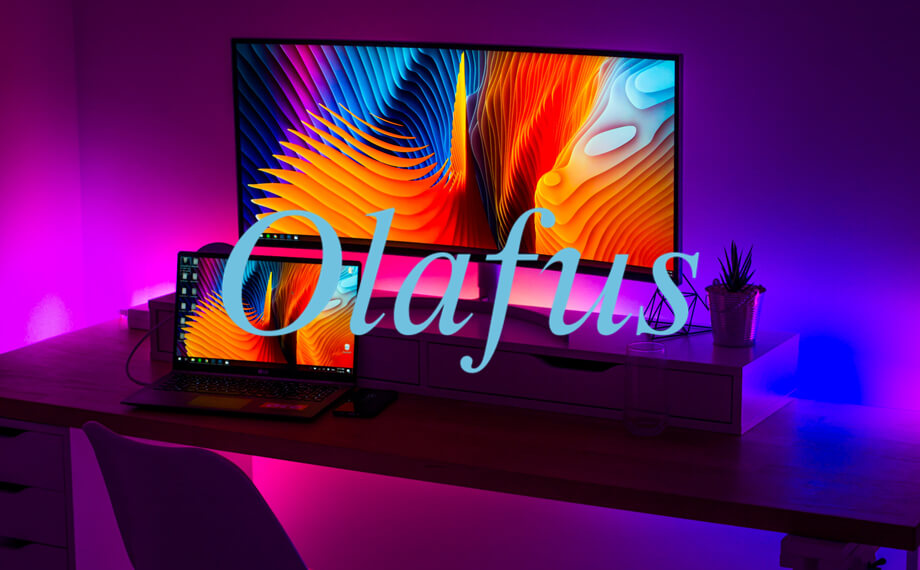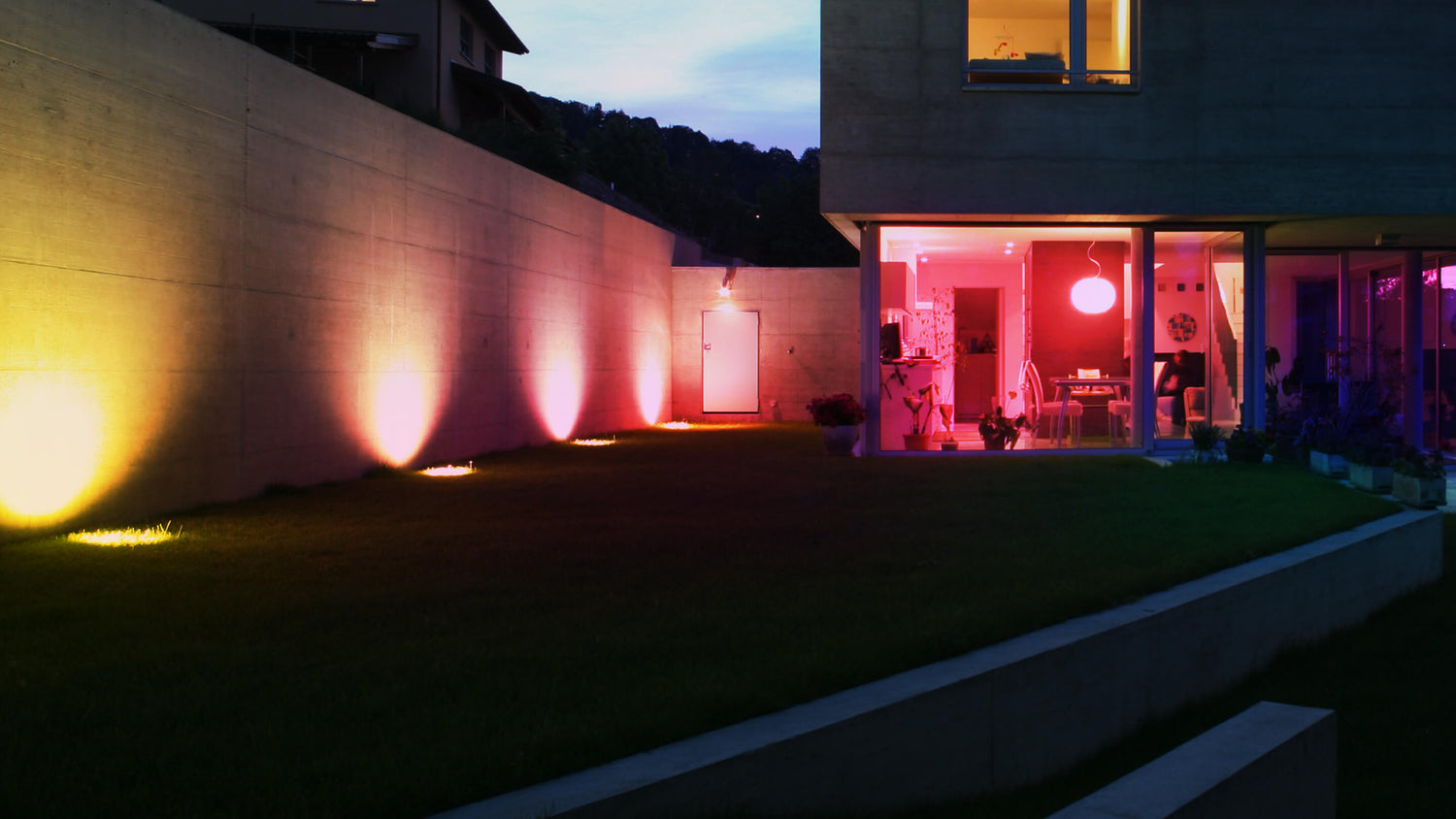
Do RGB Lights Hurt Your Eyes?
Share
RGB lights are used in displays, entertainment, hotels, galleries and other retail for controlled lighting, mood (which can be synchronized with music) and natural light (which mimics the daylight cycle to promote health). So do RGB lights actually harm human eyes?
The answer is no. There is nothing special about RGB lighting and LED lighting, light is light, and as long as the intensity of visible light is within safe limits, it will not harm anyone's eyes. If anything, RGB lights are like LED lights in that they are safer because they do not produce UV light.
That being said, anything in excess, blue light or not, can be harmful to your health with prolonged use. Protect your eyes from bright light by reducing the amount of time you spend looking at screens. Taking a break every 20 minutes to look at nature and close your eyes can also help prevent eye strain.
How can I protect my eyes from light?
The only real focus of eye protection is to maintain good eye habits. Now, modern people who use cell phones and computers under different lights for a long time, how to try to protect their eyes?

- Blink more
The blinking frequency of people who spend a lot of time staring at the computer will be reduced. It is recommended to consciously increase the number of blinks to give your eyes a moderate amount of rest.
We recommend using the "20-20-20" pattern to give your eyes regular breaks: intersperse every 20 minutes of eye use with a 20-second break, and look 20 feet (about 6 meters) away from your computer or phone.
- Get more sunlight
Several studies have shown that the development of myopia is related to the secretion of retinal dopamine, which is promoted by sunlight exposure.
Get out of the door to feel the spring light and look out the window more than just the green to effectively protect your eyes.
- Regular eye exams
Modern people use their eyes a lot, and many eye diseases are non-acute, so if you wait until you have symptoms and then check, it's often too late.
Regular comprehensive eye examinations in the hospital can diagnose and prevent potential eye diseases as early as possible.
Lighting design eye protection principles

- Light illumination is 500 - 750 Lux
Low illumination is dim, too much illumination, and continuous pupil narrowing, both of which can easily lead to visual fatigue. Uniformity of illumination also affects the constant adjustment of the pupil, which can easily make the eyes fatigue. A light level of 500 - 750 Lux is the best choice.
- Anti-blue light
Blue light exposure can cause retinal cell damage, with short-wave blue light with wavelengths between 400 ~ 480nm being the most harmful. RG1, RG2, RG3 represent low risk, medium risk and high risk respectively.
- High color rendering index
The higher the color rendering index, the more correctly the light represents the original color of the substance. Color rendering index (Ra) maximum of 100, the larger the number, the better the light color rendering effect. Want to protect the eyes of the lighting equipment, the color rendering index is best to reach Ra90 or more.
- Color temperature 3500K
Color temperature is the color of light, low color temperature warm white, people are not easily fatigued, but easy to hypnotize. High color temperature on the cold white (blue), easy to refresh but easy to fatigue. The right color temperature is to achieve a balance between the two, preferably between 3000k ~ 4000k.
- Avoid glare
Glare is the light that can be blinding, all lights are best not to direct light. Try to make the light a diffuse light to enhance comfort and aesthetics.
- Light Offset
Ambient light is to the accent of the space, the correct use is to hit the wall, the ground, greenery, outdoor space, etc., remember to hit the human face. Any bright light should not be looked at directly with the eyes, it will cause eye damage.
In the normal habits of life, pay attention to eye safety and be kind to your eyes. After all, the eyes are the windows to the soul, the phone can be changed, but only one pair of eyes.
More Resources

